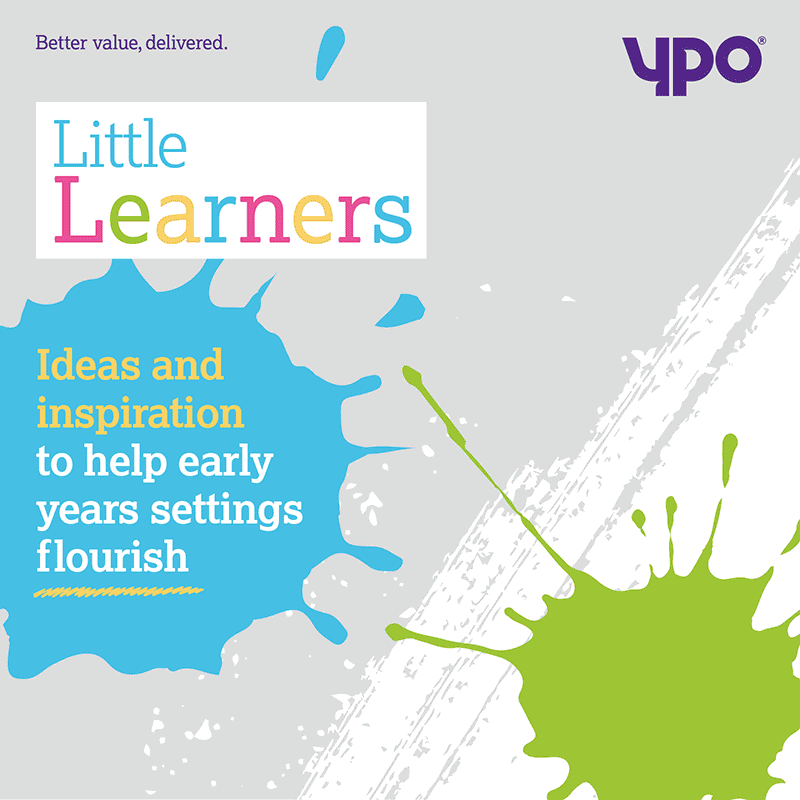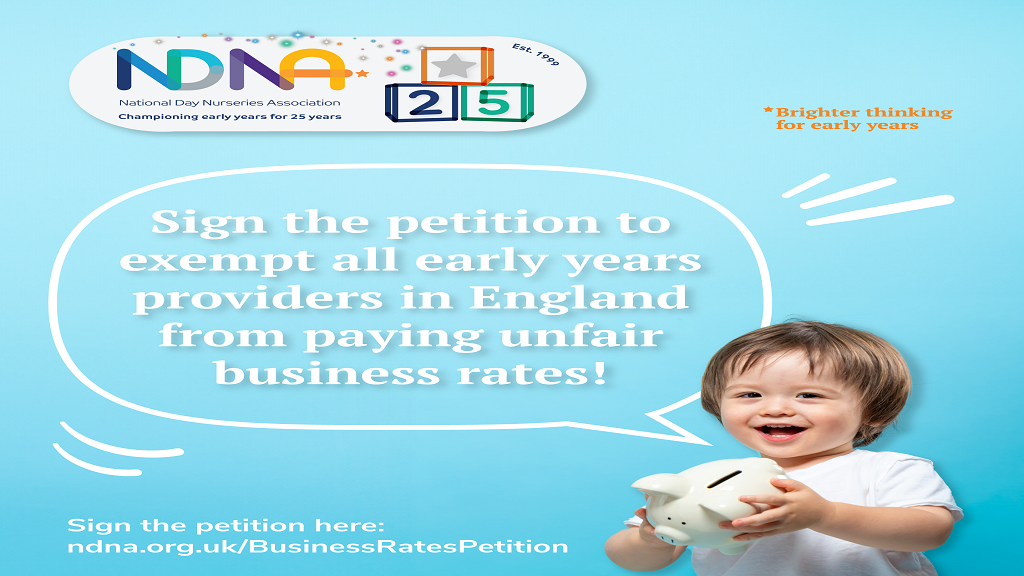Fawcett Society’s recent report highlights the critical need to transform the early years sector as the UK falters behind other…
Demystifying therapy: how play therapy can shape children’s mental health
Play therapy is used to help children express what is troubling them when they do not have the verbal language to express their thoughts and feelings. NMT speaks to Sophia O’Neill, course director, postgraduate MA in Practice-Based Play Therapy who demystifies the process of play therapy
Play therapy is a form of therapy primarily geared towards children, however, it can benefit other age groups as well.
In this environment, a therapist encourages a child to explore life events and emotions that may influence current circumstances, at a pace of the child’s choosing, through play.
The use of play therapy has become more recognised in recent years but there have been a few challenges along the way.
Earlier this year, in an episode of Coronation Street, the character Evelyn Plummer, played by Dame Maureen Lipman commented on her granddaughter saying, “She’s had play therapy, touchy, feely rubbish, new age, but she needs something long-term. Teach her right from wrong”.
NMT sits down with Sophia O’Neill to get her viewpoint.
What was your reaction to Coronation Street and how was play therapy misrepresented?
‘We had a lot of responses on the Play Therapy Facebook page so my own response took into account that of our registrants. I felt so disappointed on behalf of the whole profession. Especially at a time like this when we are trying very hard to bring attention to the importance of children’s mental health.
‘Alongside that, early intervention is so important and there is a timeframe we have where it is most effective. And then this comment came along and what is really worrying, which is common on TV, is that it was superficially convincing.
‘If viewers follow the characters viewpoint then it is worrying that these comments can make an impact. On one hand, I was disappointed by the fact that a famous programme could be pointing across this argument that was so detrimental towards play therapy. However, I did also see the opportunity in this to have a conversation about it and try to reach more people. I thought this could be a good time to discuss stigma around mental health and different opinions that exist about how we help people and at what age that should happen. Our response matched that two-fold reaction.
‘I also began writing opinion pieces about how this can help us talk more amongst our community, not just the therapeutic community. We are extremely qualified and experienced, but it is so important to involve the community so that they can be included in the treatment.’
Have you had conversations within your forum on this issue?
‘I have spoken with other therapists about this comment and the conversations that surround it. However, it is also important to get the message out to as many people as possible. Over the years I have noticed that there is hardly ever a family that hasn’t needed some sort of help at some point, even just a little bit of help. Therefore, I try to talk about therapy and reduce it to its mechanics. I don’t think it’s helpful to think of it as other-worldly and something that can only be properly discussed amongst therapists.
‘Conversations are the most important thing. Many issues can be resolved at home but sometimes you need more help than that with someone who has the right training. That’s where we come in to be able to identify patterns and behaviours and navigate a path towards growth.
‘The families or carers need and deserve an explanation as to what play therapy is and how it can help the child. Trying to explain it to them from their perspective can demystify any complexities they thought were involved. As therapists we are trained to feel and understand a variety of different behaviours so we can create a safe and open environment where talking and communication follows.
‘We very much follow the child and observe their actions and reactions. There is a lot of fear about confidentiality but there’s really nothing scary about it. Confidentiality explains that in a therapeutic setting the client must have the freedom to express themselves without judgement and fear of censorship or offending anyone. In that environment of trust, children and adults can be free to interact how they need.
‘However, parents shouldn’t be left in the dark and so I often explain that it would make little sense to them if they received a script of the session, but they can be told how they can help and what has worked in a session. Having a place to be confident and free is critical but if I notice patterns and areas to work on then I can share those so that they can be replicated at home.’
So can you explain for those who are unsure what play therapy is?
‘Play therapy is a type of therapy that is most useful to younger children. The reason behind that is that in the therapy room we have a toolkit of play and art materials and a place fit for exploratory play. Children can struggle how to recognise what they are feeling so play therapy offers a safe outlet.
‘If a child can’t recognise their own emotions, then it becomes incredibly difficult for them to communicate it to adults. They might find it very hard to put their experience into words because they are still very little so play therapy uses movement which is a natural reaction.
‘We deal with children from all sorts of backgrounds, some come from more difficult ones than others and at times those can be the children that need therapy and support a bit longer, but not in every case.
‘Play therapy does not rest on asking questions or sitting them down to discuss a situation. Instead, the room is a place for them to explore as they would like to. Inevitably, while in that room, themes arise from the child playing, not from the therapist directing and so it is quite child-led with support from us to detect behaviour.’
Play therapy should become mainstream
‘With therapy there are so many layers and play therapy can help us identify more of them. We are trained to notice every detail; how they walk in, their tension through the session, their eye contact or any ticks they have and so much more. Sometimes children play in ways that invoke strong reactions and we are trained to be aware of that and observe as usual. Using movement is a very natural way for children to communicate.
‘It would be great to explain it all in one sentence but there are so many angles to it. However, quite simply it’s an approach that makes the most sense to children.
‘To see play therapy become more mainstream would be fantastic. The pandemic has provided the legislation as to how we can improve children’s mental health and I hope that play therapy can be considered across the board as a sensible early intervention that can be based in schools more regularly.’
Latest News
An official petition calling on the government to exempt all early years settings in England from paying unfair business rates…
Smarty Pants Abbey Lane nursery, in collaboration with award winning author Ben Kingston-Hughes, is hosting an event sharing key advice…





